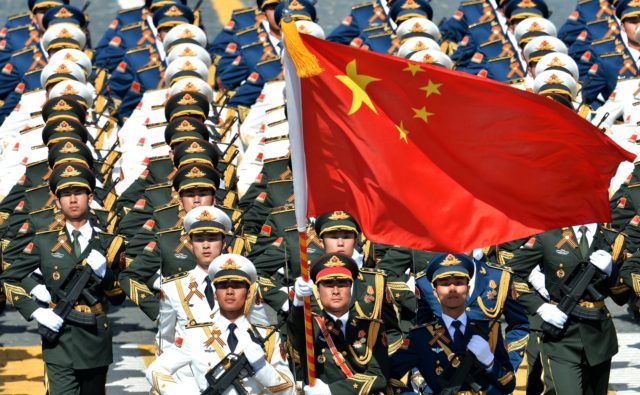Colin P. Clarke, Chad C. Serena
Eradicating the Islamic State's dominant presence in the Middle East will merely push the caliphate further into the dark corners of the cyber world.
As the Islamic State in Iraq and Syria continues to suffer defeats on the battlefield, it may be moving into terrain that is relatively nascent and somewhat unfamiliar to Western counterinsurgents—cyberspace.
Analysts have expressed concern that ISIS may turn to virtual currencies to fund future attacks. These currencies can be used as part of an effort to mask the organization’s illicit transactions while enabling it to support attacks in areas outside of its control. And the organization has a history of broadly using cyberspace and technology in innovative ways.
ISIS is attempting to develop its own social-media architecture to help its members avoid security crackdowns on communications exchanged and content posted by the group, according to Europol, Europe’s police agency. An expanded social-media presence would also enable ISIS to continue to encourage attacks abroad as the group retrenches, but perhaps with greater frequency.
ISIS is losing territory and struggling financially. Its fighters are fleeing, and its leadership is being targeted at a frenetic pace. Throughout the Arab and Islamic world, ISIS had been losing support through 2016—given the group’s military losses, that trend has likely continued in the past year. And in what appears to be a rather desperate attempt to continue fighting, the organization is increasingly relying on elderly militants to conduct suicide attacks.












